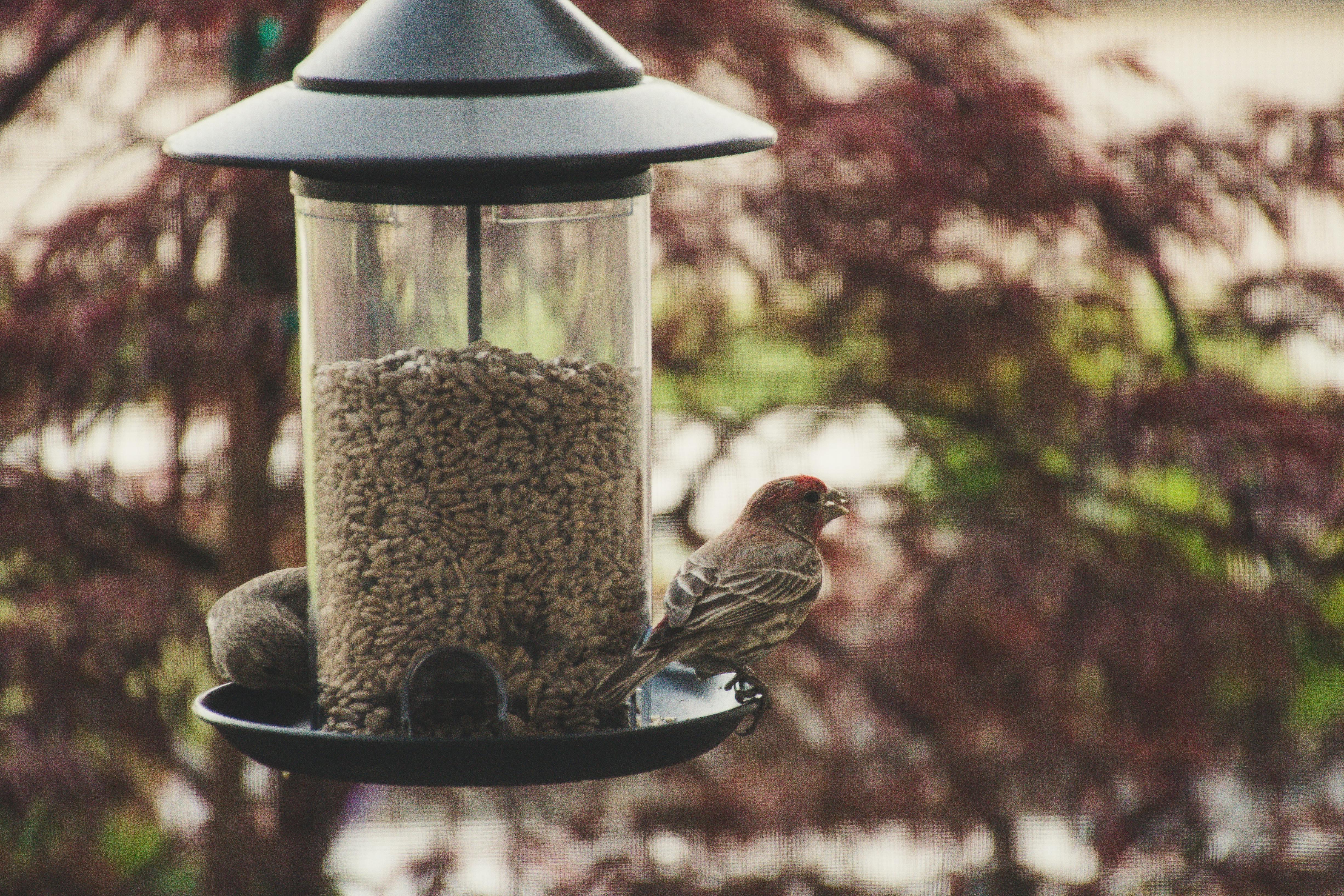How to attract birds to your garden

It’s easy to overlook the mental and emotional benefits of outside space, yet even a brief exposure to the natural world can be hugely rewarding. This time of year can feel joyous with trees budding, flowers blooming and wildlife emerging from its winter slumbers.
Many of us find comfort and pleasure in watching or listening to birds – so much so that YouTube is populated with high-definition videos of birds which last up to 11 hours. However, you don’t need to resort to online videos to enjoy the sights and sounds of nature. It’s easy to attract birds to your garden, balcony or patio – don’t assume living in a flat or having minimal outside space precludes you from welcoming feathered friends…
The benefits of attracting birds
Before we explain how to attract birds to your home or outside space, it’s worth taking a moment to consider why you should. Firstly, feeding and supporting them helps to maintain bird populations across urban areas which are often hostile to anything other than people. Secondly, many larger birds are natural predators for creatures you won’t necessarily want in your home such as mice, spiders, craneflies and slugs. Thirdly, the emotional and mental health benefits of seeing wildlife (from birdsong at sunrise through to a murmuration of starlings) can be profound. And fourthly, birds help to support and regulate many aspects of the natural environment, from pollenating flowers to eating weeds.
Having established that birds should be actively welcomed around our homes, here’s how to attract them and ensure they keep coming back…
Put out a bird table
This can either be a floor-mounted table on a level surface or a fence-mounted affair, typically made using treated hardwood with a slate or felt roof. It should have a covered top and open sides so any food you put out stays dry and birds can shelter underneath it. The gap between floor and roof should be 4-6 inches so smaller birds can get in but seagulls can’t – they will steal entire fat balls in one go if they’re allowed.
Add feeders
If you’ve ever visited a bird hide, you’ll have noticed clear plastic tubes filled with a mixture of seeds, nuts and mealworms. These tubes usually have holes down their length and small trays near the bottom where birds can perch and eat. There’s less daily maintenance involved than there is topping up a table constantly, but feeders tend to be favoured by smaller birds. Similarly, seeds appeal to little birds while peanuts and mealworms attract bigger species.
Provide a water source
Birds are constantly searching for fresh water. If you have a garden, a bird bath is a great addition, while water features may also be useful providing you don’t add any chemicals to the water (to stop it freezing, for instance). If you have less space, there are stick-on plastic window troughs which hold enough water for birds – mounting these above ground level also ensures they don’t attract less welcome visitors like rats. Change the water daily, if possible.
What not to do
It’s surprisingly easy to scare birds away. They won’t want to visit if people are outside, if there’s smoke, or if they can hear noise from children. Cats and dogs are natural predators – if you want to cater to birds, keep animals away wherever possible. Don’t rip up lawns to put down fake grass which can’t support the worms birds often live on, and avoid wind chimes or wind-powered ornaments whose movement instinctively makes birds reluctant to approach.
Back to Latest Posts




